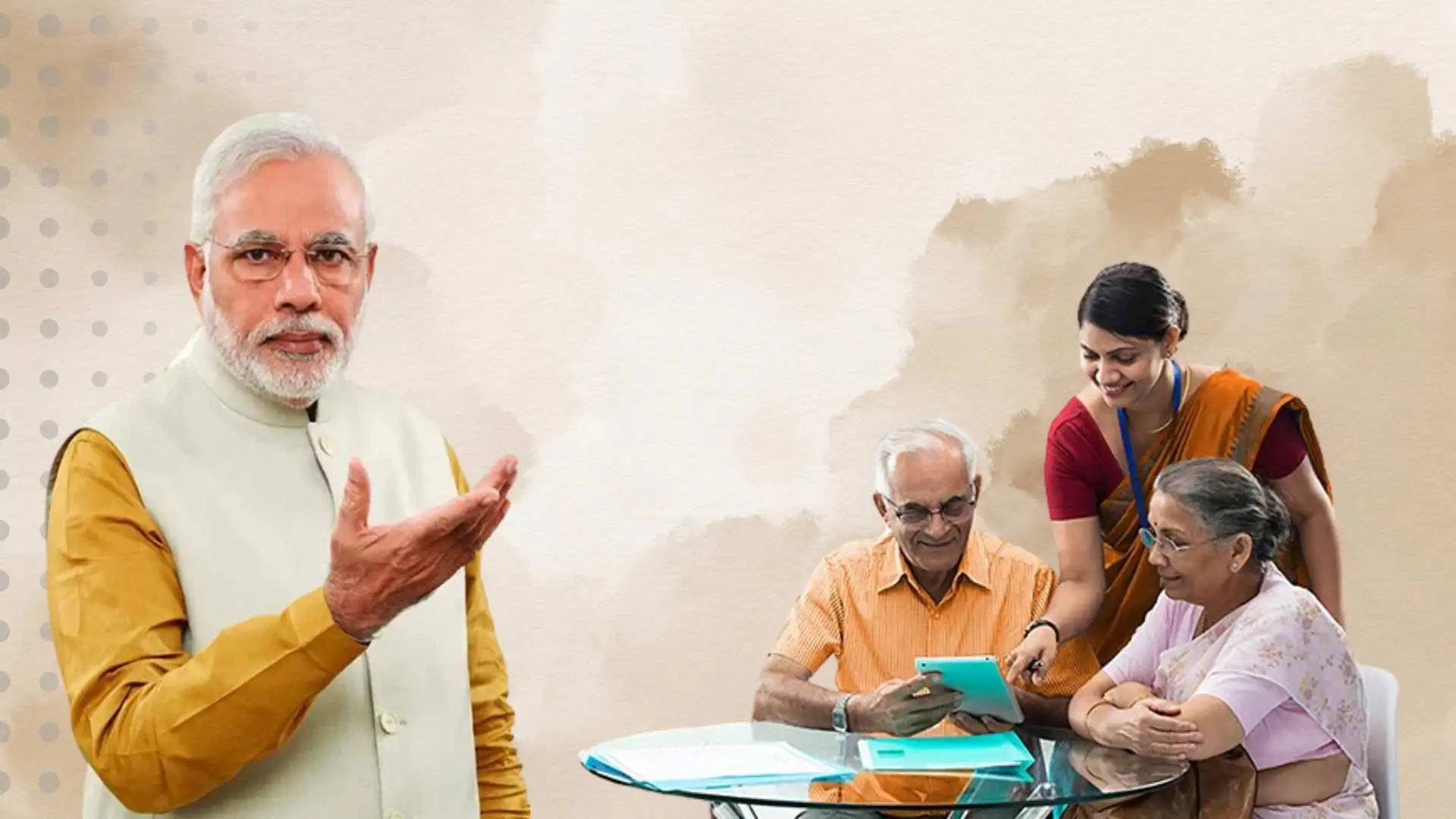India’s healthcare system is a study in contrasts: a vibrant, rapidly growing private healthcare and insurance sector serving urban and middle-class populations exists alongside significant efforts by the government to provide healthcare access to its most vulnerable citizens. At the heart of India’s public healthcare push is Ayushman Bharat, one of the world’s largest government-funded health insurance schemes.
Together, these two sectors reflect India’s dual approach to healthcare: market-driven innovation for those who can afford it, and state-supported protection for those who cannot.
India’s Health Coverage Landscape: A Mixed System
India has long faced challenges in delivering affordable healthcare to its vast and diverse population. Historically, high out-of-pocket spending—which once accounted for over 60% of total health expenditures—pushed millions into poverty every year due to medical bills.
To address this, India has developed a mixed healthcare system:
- A large and expanding private sector that dominates in urban areas and offers high-end, specialized care.
- A public health infrastructure offering free or low-cost services, though often under-resourced.
- Health insurance provided by both private insurers and government programs.
The Rise of Private Health Insurance
The private health insurance market in India has grown rapidly over the past two decades. Driven by increasing middle-class income, urbanization, and awareness, private insurers now offer a wide range of plans including:
- Individual and family floater policies
- Critical illness covers
- Top-up and super top-up plans
- Cashless hospitalization services in private hospitals
However, penetration remains relatively low, with only about 30% of the population having private insurance, mostly in urban and formal employment sectors. Many rural and informal workers remain uninsured.
Ayushman Bharat: Healthcare for the Vulnerable
Launched in 2018, Ayushman Bharat – Pradhan Mantri Jan Arogya Yojana (PM-JAY) represents a bold step toward universal health coverage. It aims to protect the poorest and most vulnerable households from catastrophic health expenses.
Key Features of Ayushman Bharat – PM-JAY:
- Coverage up to ₹5 lakh (~$6,000) per family per year for secondary and tertiary care
- Over 500 million beneficiaries, primarily from low-income and rural backgrounds
- Cashless and paperless treatment in both public and empaneled private hospitals
- Covers over 1,500 medical packages, including surgeries, diagnostics, and post-hospitalization care
- Accessible through a national e-card system
The scheme is funded jointly by the central and state governments and implemented by a mix of public agencies and insurance companies, depending on the state.
Strengths of the Dual System
India’s dual approach provides certain advantages:
- Flexibility and choice for those who can afford private insurance
- Social protection and equity for the economically disadvantaged through PM-JAY
- Public-private partnerships, with many private hospitals empaneled under Ayushman Bharat
- Encouragement of digital health innovations through platforms like the National Digital Health Mission (NDHM)
Persistent Challenges
Despite progress, India’s healthcare system faces ongoing hurdles:
- Urban-rural disparities in access and quality of care
- Underfunded public facilities in many regions
- Low awareness about Ayushman Bharat among eligible beneficiaries
- Fragmentation between state and central schemes
- High out-of-pocket expenses, still common due to gaps in coverage or services not included in insurance
Moreover, while Ayushman Bharat covers hospitalization, primary and preventive care still require stronger investment.
The Road Ahead
To move closer to universal health coverage, India will need to:
- Strengthen primary healthcare through Health and Wellness Centres (the other component of Ayushman Bharat)
- Improve regulation and quality control in the private sector
- Expand insurance awareness and coverage in underserved regions
- Increase public health investment, currently at around 2% of GDP
India’s ambitious digital health initiatives, such as the Ayushman Bharat Digital Mission (ABDM), also promise to integrate medical records and insurance, improving efficiency and transparency.
Final Thoughts
India’s healthcare journey is complex but forward-moving. The coexistence of a large private insurance market and Ayushman Bharat reflects a nation striving to balance economic growth with social equity.
As one of the most populous countries in the world, India’s evolving healthcare model offers important lessons: that public-private collaboration, targeted subsidies, and digital innovation can together pave the way toward accessible, affordable, and inclusive health coverage.
Curious about how other countries are addressing universal healthcare? Let’s explore more global models next!

Leave a Reply